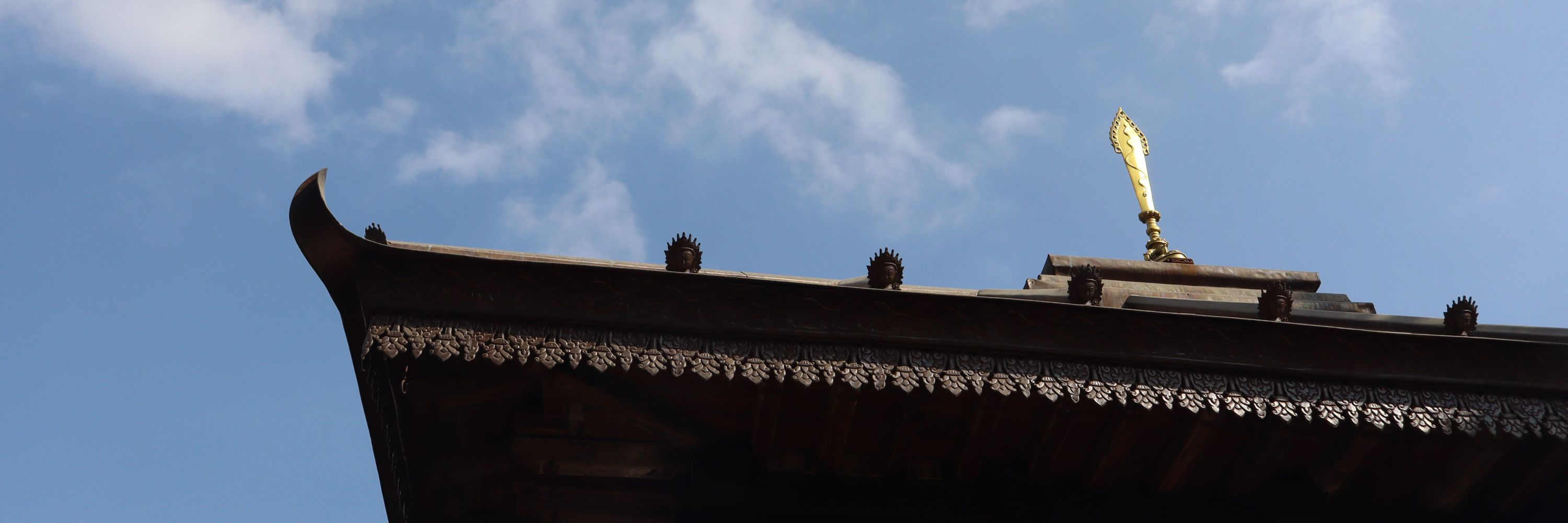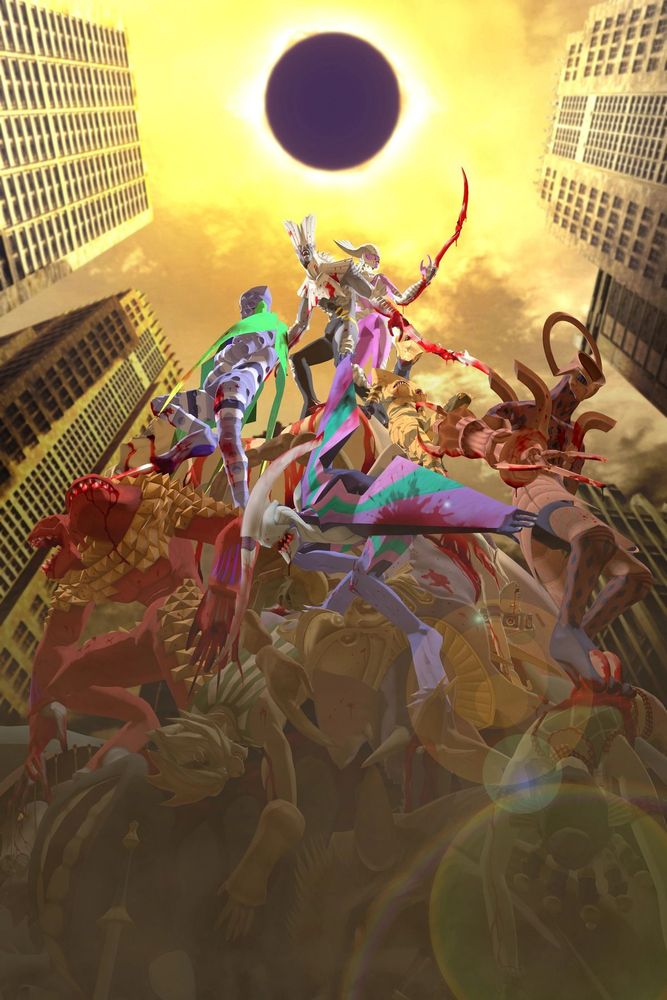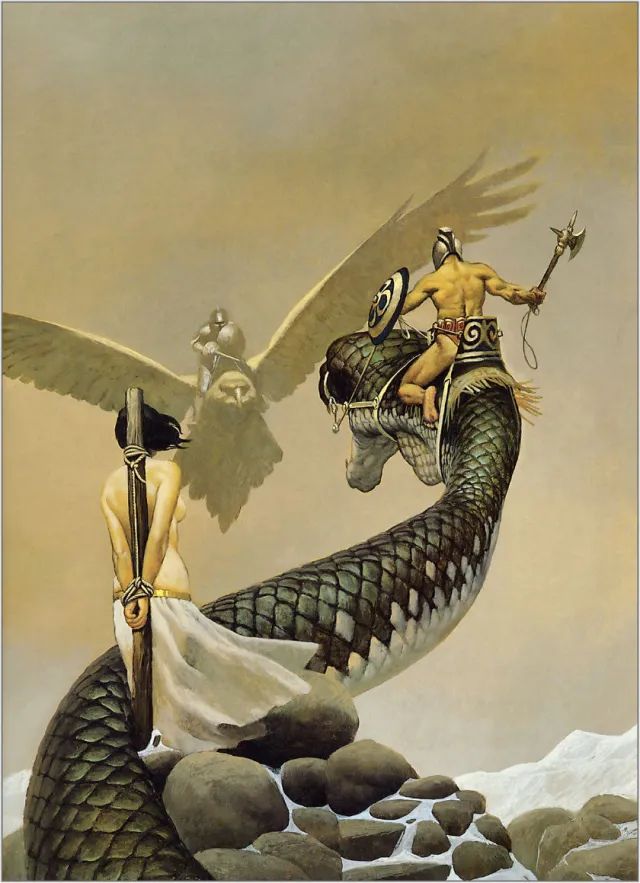HokutoAndy 🤜🤜➡️ 🦶👊
@hokutoandy.bsky.social
720 followers
320 following
3.6K posts
East Coast USA 🇺🇸 to East Asia🌏
Dragons, Ninja, Swords, Giant Robots. Researcher of Occidentals and their culture.
Orientalism, Japonisme, Chinoiserie and the making of modern western fantasy.
Posts
Media
Videos
Starter Packs
Reposted by HokutoAndy 🤜🤜➡️ 🦶👊
Reposted by HokutoAndy 🤜🤜➡️ 🦶👊
Reposted by HokutoAndy 🤜🤜➡️ 🦶👊
Reposted by HokutoAndy 🤜🤜➡️ 🦶👊
Reposted by HokutoAndy 🤜🤜➡️ 🦶👊
















![Derek Robinson (1927–2017) was a British trade unionist. Formerly a convenor and shop steward within car manufacturer British Leyland for much of the 1970s, he was commonly known as "Red Robbo" in the British press.[2]
Career
Robinson was born in Cradley, then in Worcestershire[3][4] and began work in the motor industry as an apprentice at the Austin Motor Company in Longbridge during the Second World War, training as a tool maker.[1][4] He soon became a member of the Amalgamated Engineering Union (AEU) and joined the Communist Party of Great Britain in 1951.[4] He stood as a Communist candidate in four consecutive general elections in Birmingham, Northfield between 1966 and 1974.[2]
British Leyland was the result of a series of mergers between different British motor vehicle manufacturers. By 1975, Robinson was the union convener of the Longbridge plant in Birmingham, having worked his way up from the shop floor to serve as the deputy of the previous convenor, Dick Etheridge, a fellow member of the Communist Party.[5]](https://cdn.bsky.app/img/feed_thumbnail/plain/did:plc:ebgc2if76vqhdtkcpneo36re/bafkreiawq7sutyk2t3yh2yhwncq5buf3cqavzt76uraa3luouwwmgstbhy@jpeg)
![Da Red Gobbo
Orks.png Orks Portal
Da Red Gobbo
RedGobboArtNew.jpg
Da Red Gobbo[8]
Homeworld Gorkamorka
Born Multiple holders of the title[1]
Active Period M41 - Present
Death Various deaths[7e]
Cause of Death Various[5c]
Species Orkoid
Type Gretchin
Gender Male
Occupation(s) Leader of the Rebel Grots
Allegiance(s)
Orks
Gretchin Revolutionary Committee
Da Red Gobbo is the leader of the Rebel Grots on Gorkamorka and is the head of the Gretchin Revolutionary Committee (GRC or just Da Kommitte) of the grots. In truth, there is no single Red Gobbo. The position rotates between various members of Da Kommittee after an election.[1] Donning a red cape and wielding a custom slugga and sceptre, he leads the grots in their efforts to overthrow the oppression of the orks in "Da Revolushun".[3]
Contents
1 History
2 Known Holders of the Title
3 Images
3.1 Commemorative Christmas Miniatures
4 Trivia
5 Sources
History
At some point, however, knowledge of the Red Gobbo has spread from Gorkamorka to the wider Ork species[6b][7b] and, while not every Gretchen believes in the Red Gobbo,[6b][7b] with some claiming he is just a legend,[6b] this quickly changes for most grots should one appear before them.[6c][7c] In one instance the Gretchin Fingwit decided to become the Red Gobbo, and rallied his fellow grots during a boarding attack on an Imperial warship.[6c] In another, a Red Gobbo suddenly appeared while a group of grots were being attacked by Chaos Cultists[7c] and helped lead them to victory over their foes. This Red Gobbo was fatally wounded during the fighting, though, and secretly chose a clever grot named Redsnot to pass the mantle to. When Redsnot initially declined, the Red Gobbo angrily stated that a Gretchin could not refuse to become the Red Gobbo once they were chosen. He also claimed that the Da Kommitte was wherever a Red Gobbo needed it to be and that it could simply be used as a tool to reinforce a Red Gobbo's orders to his fellow Gretchin. Redsnot then agreed and…](https://cdn.bsky.app/img/feed_thumbnail/plain/did:plc:ebgc2if76vqhdtkcpneo36re/bafkreif77qi2pzhqfrqadbqls5fmnnikcwmwe2hv7exsehb7wj2pzszdee@jpeg)






![Japanese clothing, 1600; La Com [M] Une Accutre ALA Polonaise. UNG Capitaine de Japon. Clothing of a Japanese Edelman and of ordinary Japanese men, December 1600. The nobleman with arrow and bow and sword, the others armed with muskets. Part of the illustrations in the report of the journey to the world through Olivier van Noort in 1598-1601. No 18.](https://cdn.bsky.app/img/feed_thumbnail/plain/did:plc:ebgc2if76vqhdtkcpneo36re/bafkreiep4t3eijfkekzd67dqzmgpgxzgy43sgba6xzedidta3wzlwullti@jpeg)


!["Kubla Khan: or A Vision in a Dream" (/ˈkuːblə ˈkɑːn/[1]) is a poem written by Samuel Taylor Coleridge, completed in 1797 and published in 1816. It is sometimes given the subtitles "A Vision in a Dream" and "A Fragment." According to Coleridge's preface to "Kubla Khan", the poem was composed one night after he experienced an opium-influenced dream after reading a work describing Xanadu, the summer capital of the Mongol-led Yuan dynasty of China founded by Kublai Khan (Emperor Shizu of Yuan). Upon waking, he set about writing lines of poetry that came to him from the dream until he was interrupted by "a person on business from Porlock". The poem could not be completed according to its original 200–300 line plan as the interruption caused him to forget the lines. He left it unpublished and kept it for private readings for his friends until 1816 when, at the prompting of Lord Byron, it was published.
The poem is vastly different in style from other poems written by Coleridge. The first stanza of the poem describes Kublai Khan's pleasure dome built alongside a sacred river fed by a powerful fountain. The second stanza depicts the sacred river as a darker, supernatural and more violent force of nature. Ultimately the clamor and energy of the physical world breaks through into Kublai's inner turmoil and restlessness. The third and final stanza of the poem is the narrator's response to the power and effects of an Abyssinian maid's song, which enraptures him but leaves him unable to act on her inspiration unless he could hear her once again. Together, the stanzas form a comparison of creative power that does not work with nature and creative power that is harmonious with nature. Coleridge concludes by describing a hypothetical audience's reaction to the song in the language of religious ecstasy.
Some of Coleridge's contemporaries denounced the poem and questioned his story of its origin. It was not until years later that critics began to openly admire the poem. Most moder…](https://cdn.bsky.app/img/feed_thumbnail/plain/did:plc:ebgc2if76vqhdtkcpneo36re/bafkreie6fg6p7yfub2bsyuifm47pzsyvx3dp2p5go5hv4varjj6ncceazu@jpeg)

